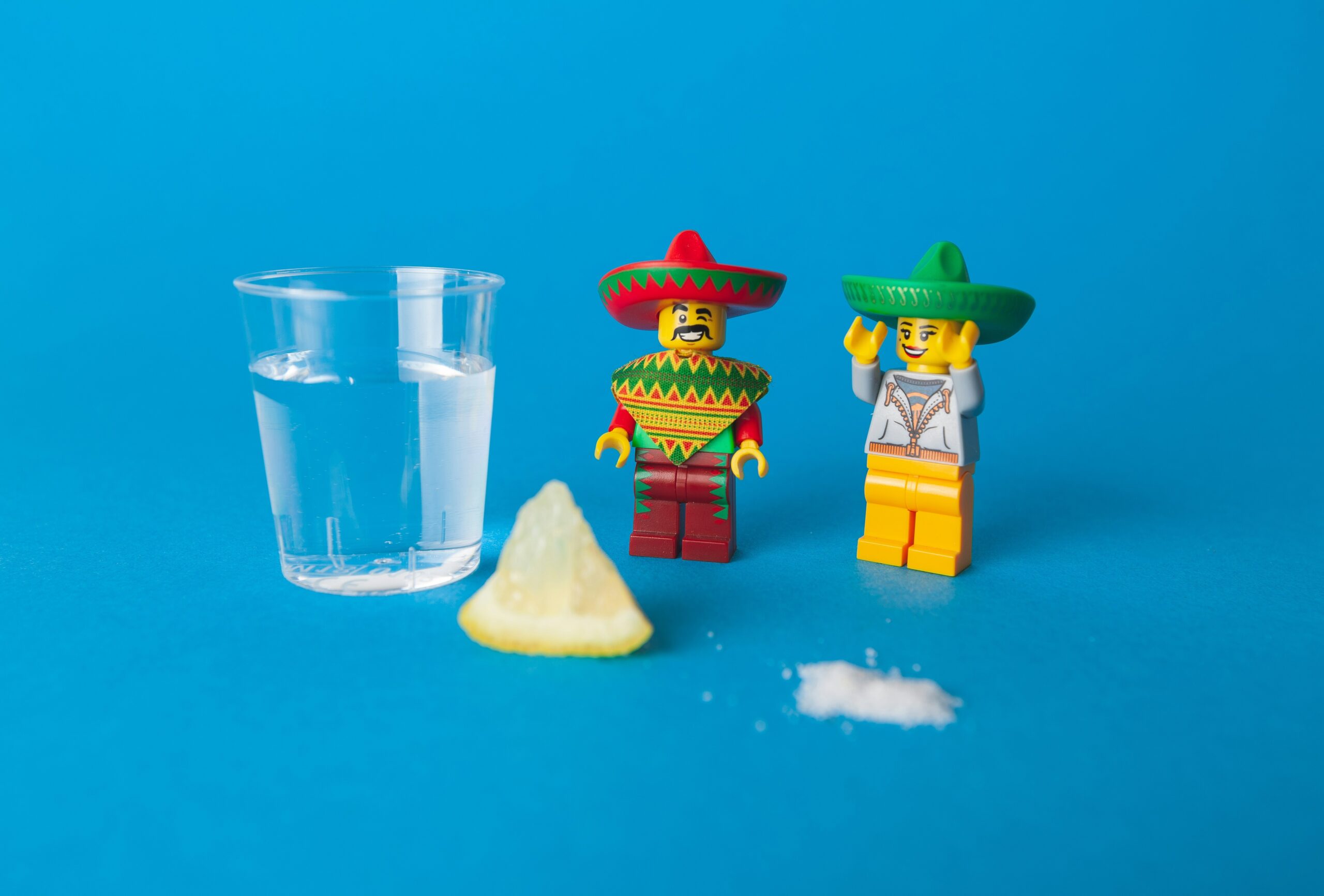Ever heard that *crash* in the middle of the night and found your dog chewing on shattered glass toys? Yeah, we’ve been there too. If you’re wondering whether those fancy glass pet toys are worth the hype—or the hazard—this post has the answers.
In this guide, we’ll break down what “drop test results” mean for your pet’s favorite accessories, why they matter, and how to ensure safety without sacrificing fun. Spoiler alert: some glass toys are legit “chef’s kiss” durable, but others? Total fail. Let’s dive in!
Table of Contents
- Key Takeaways
- Why Drop Test Results Matter
- How to Evaluate Drop Test Results
- 3 Tips for Buying Durable Glass Toys
- Real-Life Examples of Drop-Tested Toys
- Frequently Asked Questions About Drop Test Results
Key Takeaways
- Drop test results measure how well a toy withstands falls from various heights.
- Glass toys with poor drop test scores can pose serious injury risks to pets.
- Look for products certified by third-party safety testers when shopping.
- Regularly inspect your pet’s toys for cracks or chips to avoid accidents.
Why Drop Test Results Matter

Let’s get real: no one buys glass toys expecting them to shatter like an action movie prop—but surprise, it happens more often than you think. A friend once handed me their supposedly “indestructible” glass chew stick after my pup destroyed her plastic ones. Long story short, I dropped it once, and BAM—shards everywhere. Lesson learned: always check those drop test results.
But here’s the thing about drop test results—they aren’t just random numbers; they literally save lives (and paws). These tests simulate real-world scenarios where toys might fall off tables, shelves, or even out of your clumsy hands (no judgment).
The truth is, most pet owners ignore these metrics until something goes wrong. So what exactly do drop test results tell us? Here’s the breakdown:
- Impact Resistance: How much force a toy can handle before breaking.
- Material Quality: Whether the material retains its shape under stress.
- Fall Height Threshold: Maximum height from which the toy can survive unscathed.
TL;DR: Without good drop test results, you’re gambling with your pet’s safety—and nobody wants that guilt trip.
How to Evaluate Drop Test Results
Alright, so now you know why drop test results matter—but how do you decipher them? Follow these steps:
Step 1: Check Manufacturer Claims
Most reputable brands will list their drop test certifications on packaging or websites. Look for phrases like “ASTM Certified” or “Passed ISO Standards.” If they don’t mention anything? Red flag city.
Step 2: Research Third-Party Reviews
User reviews are goldmines of info. Search terms like “Drop Test Results [Toy Name]” to see if other pet parents had issues. Bonus points if reviewers include pics of actual damage or lack thereof.
Step 3: Perform Your Own Mini Tests
Optimist You: “This looks safe!”
Grumpy You: “Yeah, right. Let’s test that claim.”
If possible, conduct a quick at-home test by gently dropping the toy onto a tile floor (from waist height, please—not Mount Everest levels). Does it crack immediately? Back to the store it goes.
3 Tips for Buying Durable Glass Toys
- Prioritize Weight Distribution: Lighter toys tend to bounce instead of shattering upon impact. Pro tip: Go for designs with thicker bases.
- Avoid Thin Edges: Delicate rims on bowls or toys are recipe disasters waiting to happen. Stick with rounded shapes.
- Invest in Tempered Glass: Unlike regular glass, tempered varieties are engineered to crumble into harmless pebbles rather than sharp shards.
Warning: One terrible tip floating online suggests skipping safety checks altogether because “pets won’t notice.” Newsflash—they absolutely will when they end up at the vet.
Real-Life Examples of Drop-Tested Toys

Cue the success stories: Brands like PawSafe Glass have revolutionized the industry with their military-grade durability ratings. In independent tests, their chew sticks survived drops from six feet without a scratch. Meanwhile, cheaper knockoffs barely made it past two feet.
Rant Alert: Why does Amazon still allow sketchy sellers to market “durable” toys without verified data?! Seriously, someone needs to hold these companies accountable.
Frequently Asked Questions About Drop Test Results
What height constitutes a standard drop test?
Most manufacturers use three to five feet as benchmarks since that covers typical household scenarios.
Are all glass toys unsafe?
Nope! High-quality tempered options pass rigorous safety checks and are perfectly fine—if vetted properly.
Can I trust every certification label?
Unfortunately, not always. Scammers exist everywhere, folks. Cross-reference claims with trusted sources before buying.
Conclusion
By now, you should feel confident navigating the world of glass pet toys while keeping drop test results front-of-mind. Remember: safety first, cuteness second. And hey, maybe treat yourself to a nice coffee while you shop—you deserve it.
Like a Tamagotchi, your SEO strategy requires daily care: Share this article, comment below with your fave drop-tested finds, and let’s keep our fur babies happy (and safe) together!


